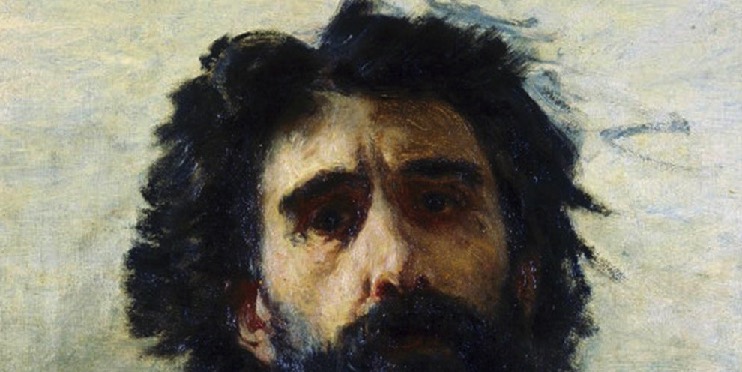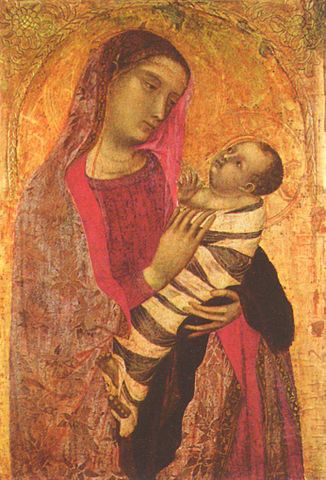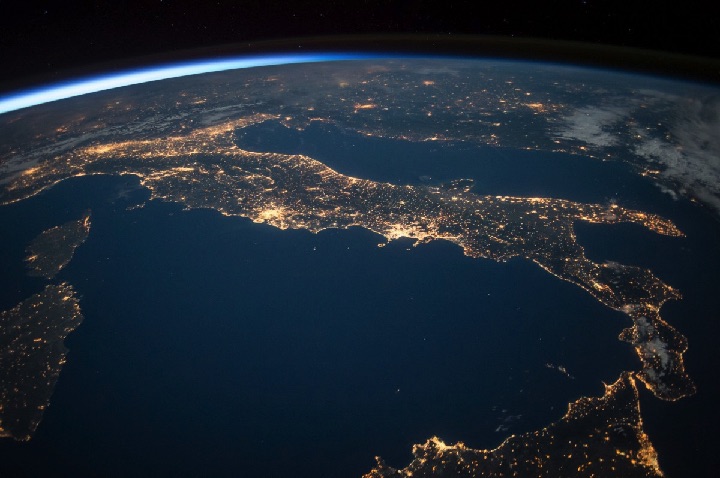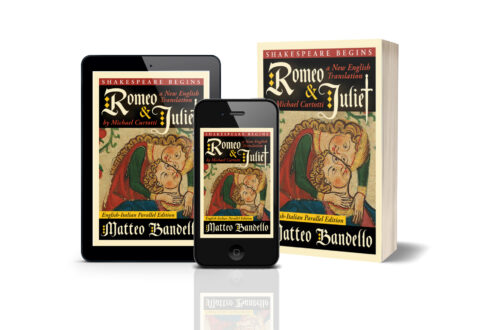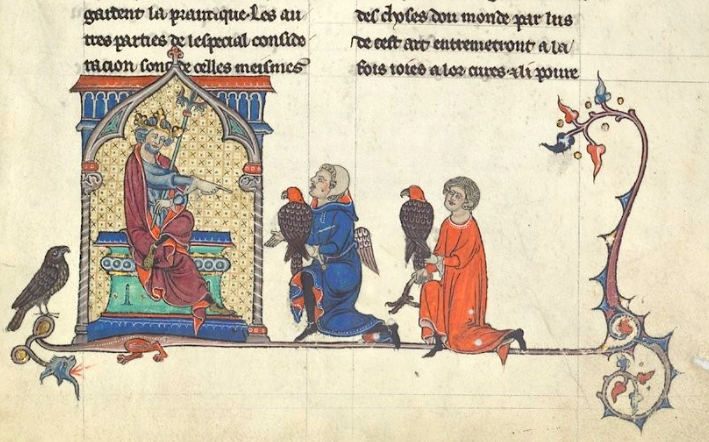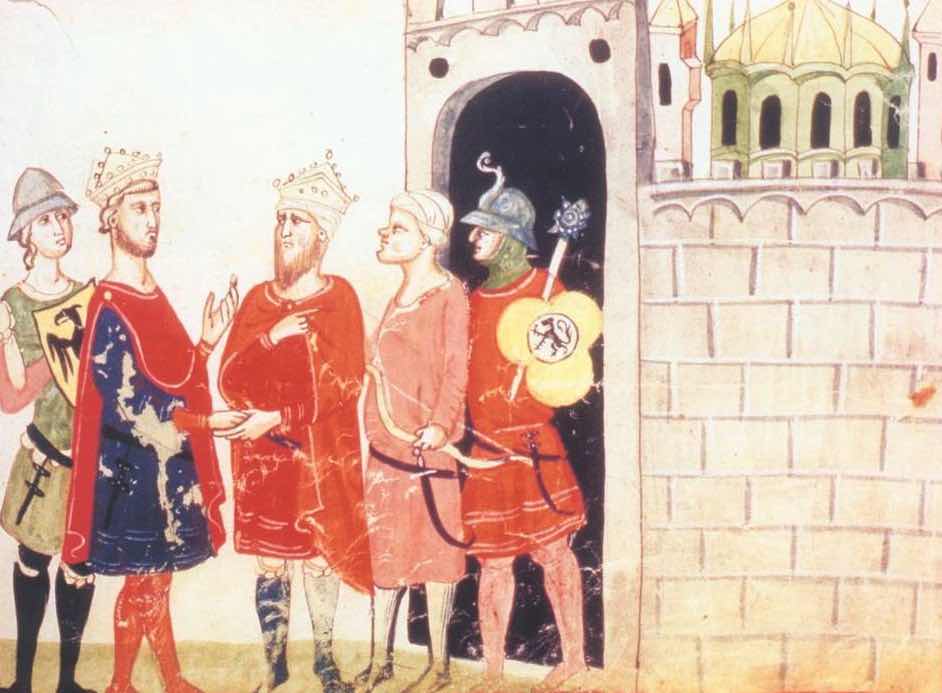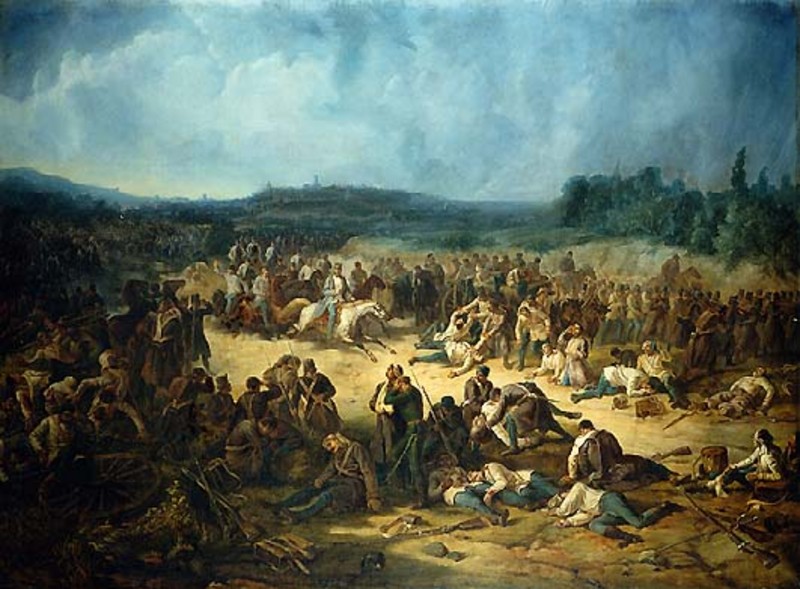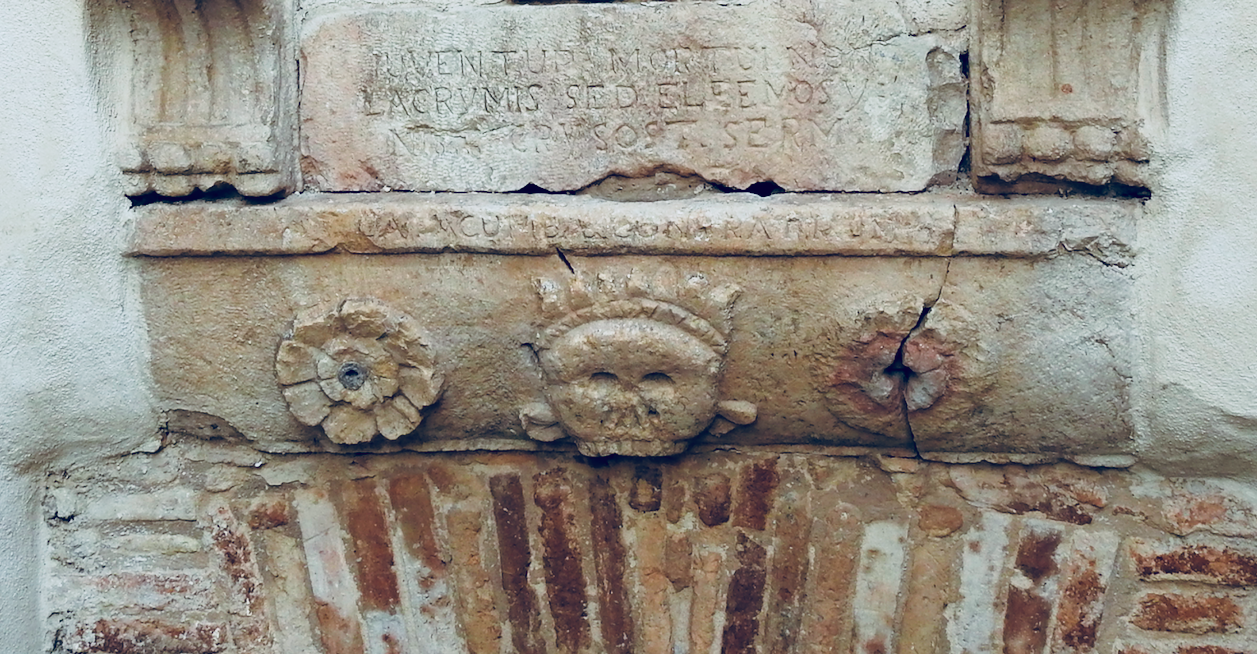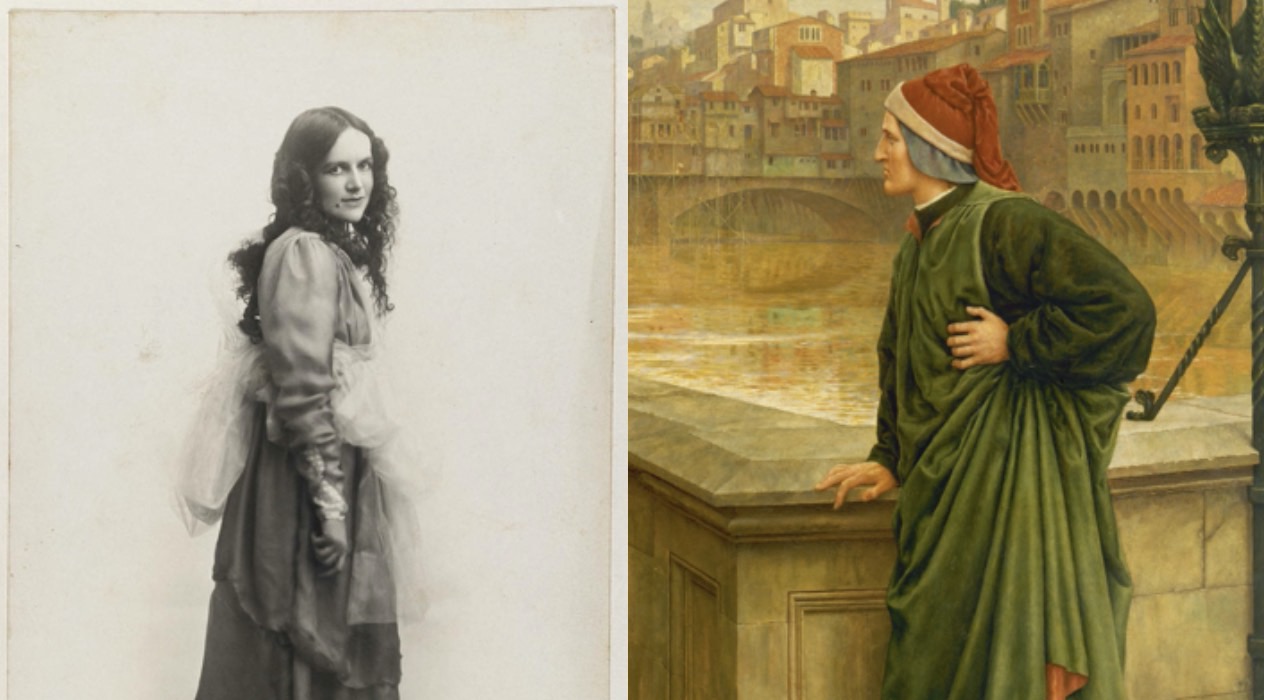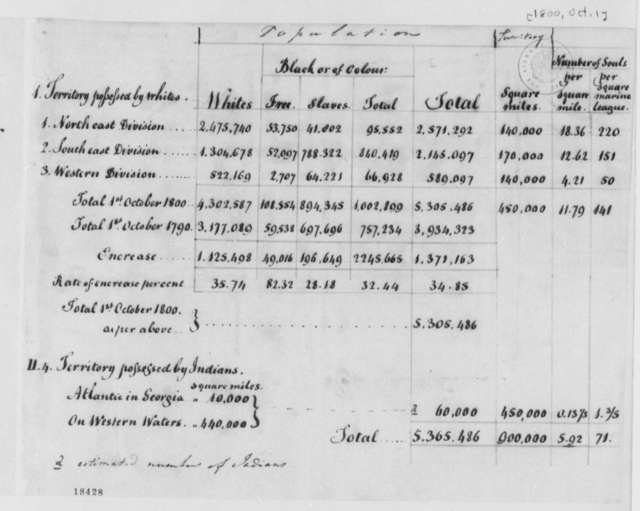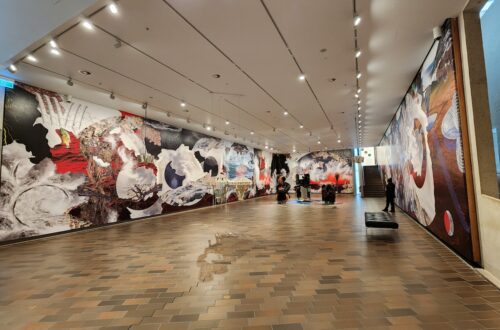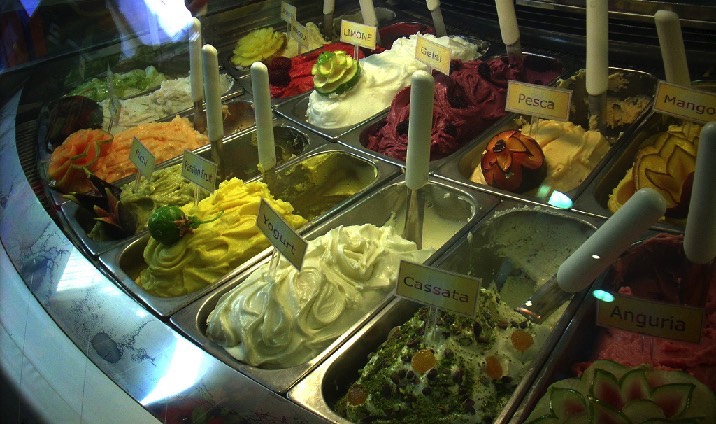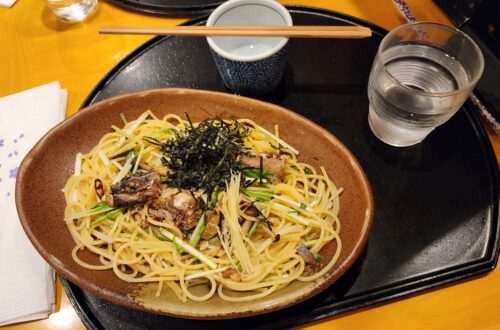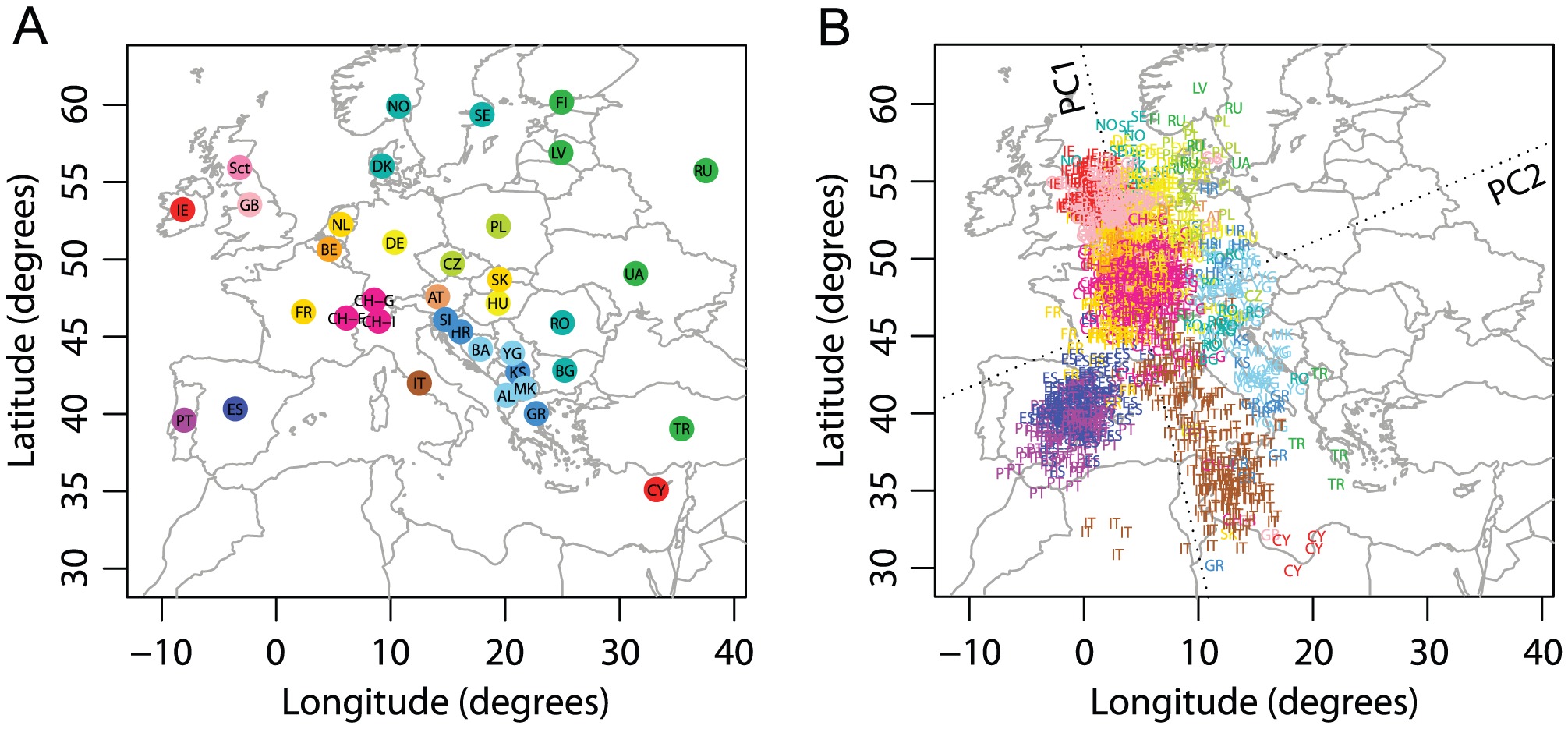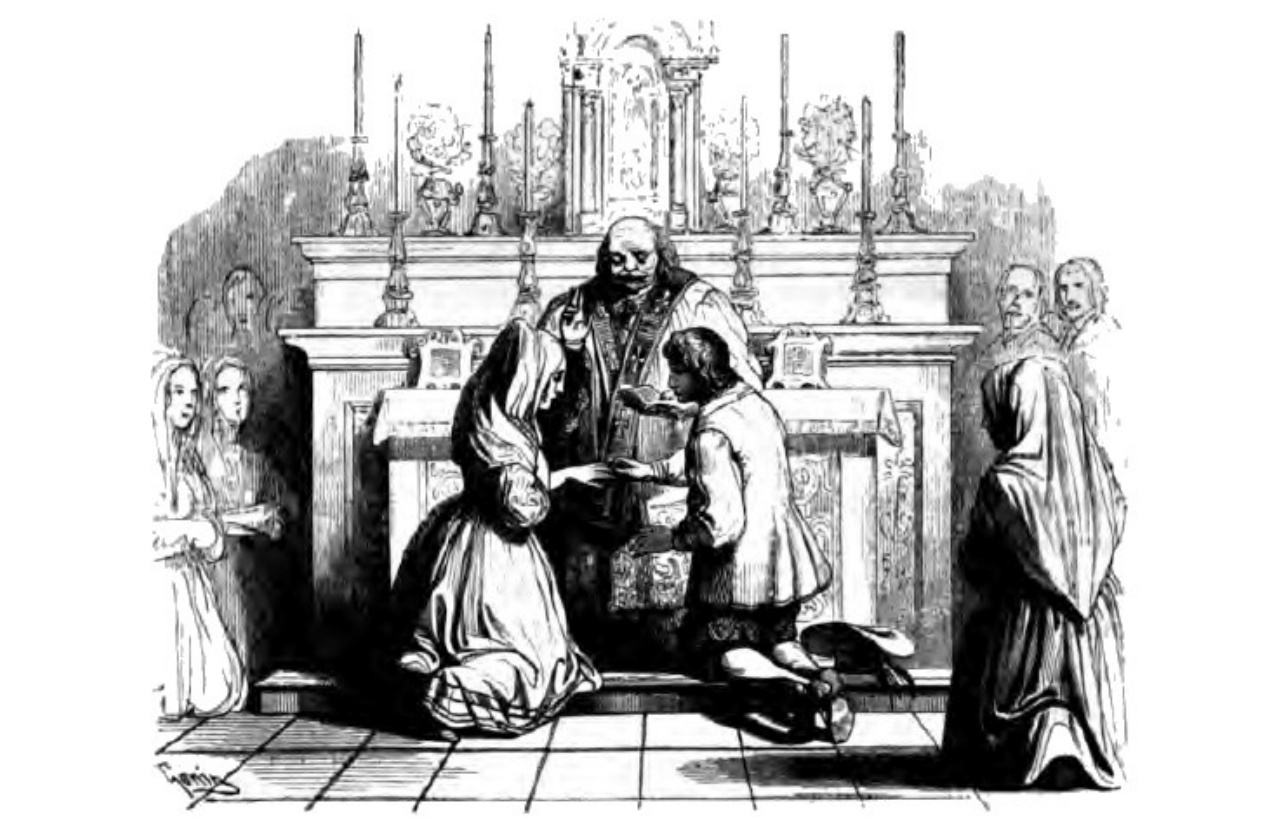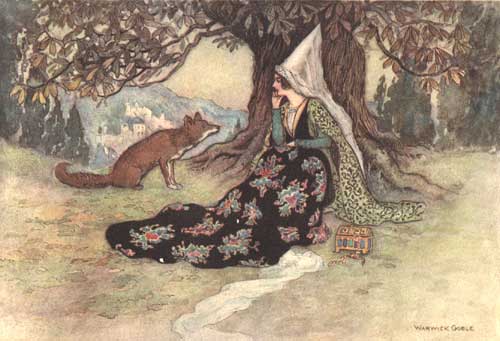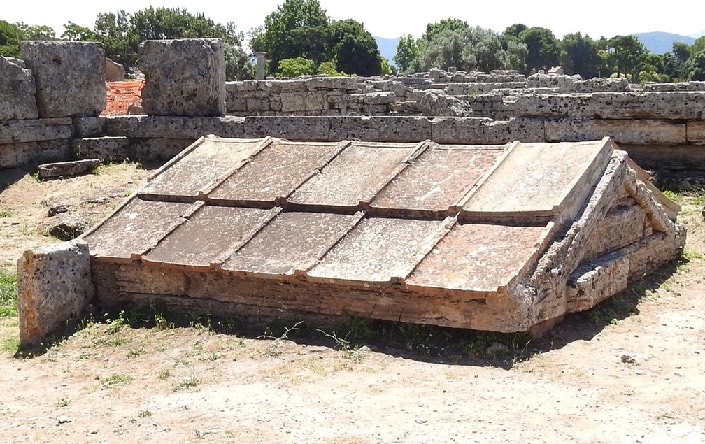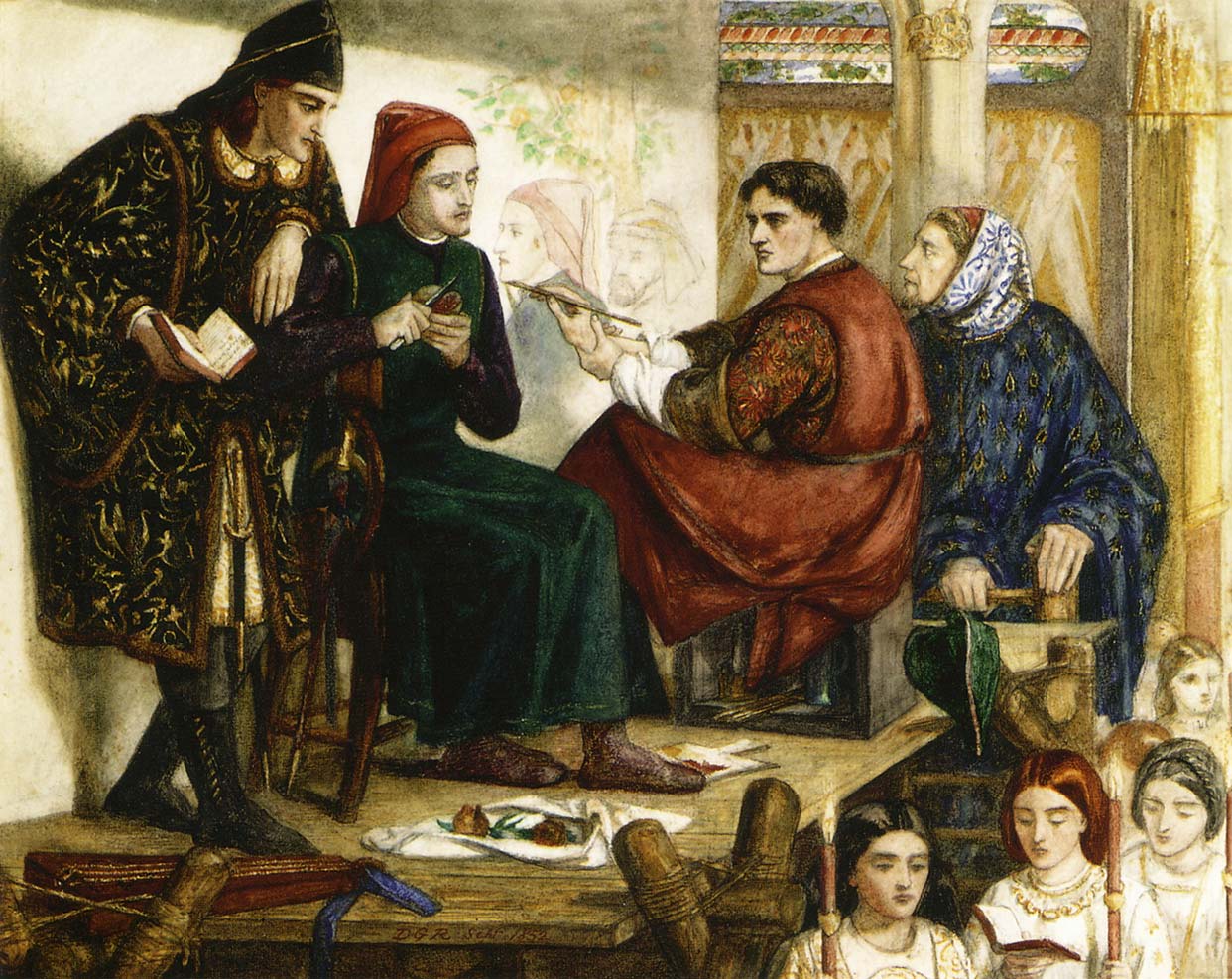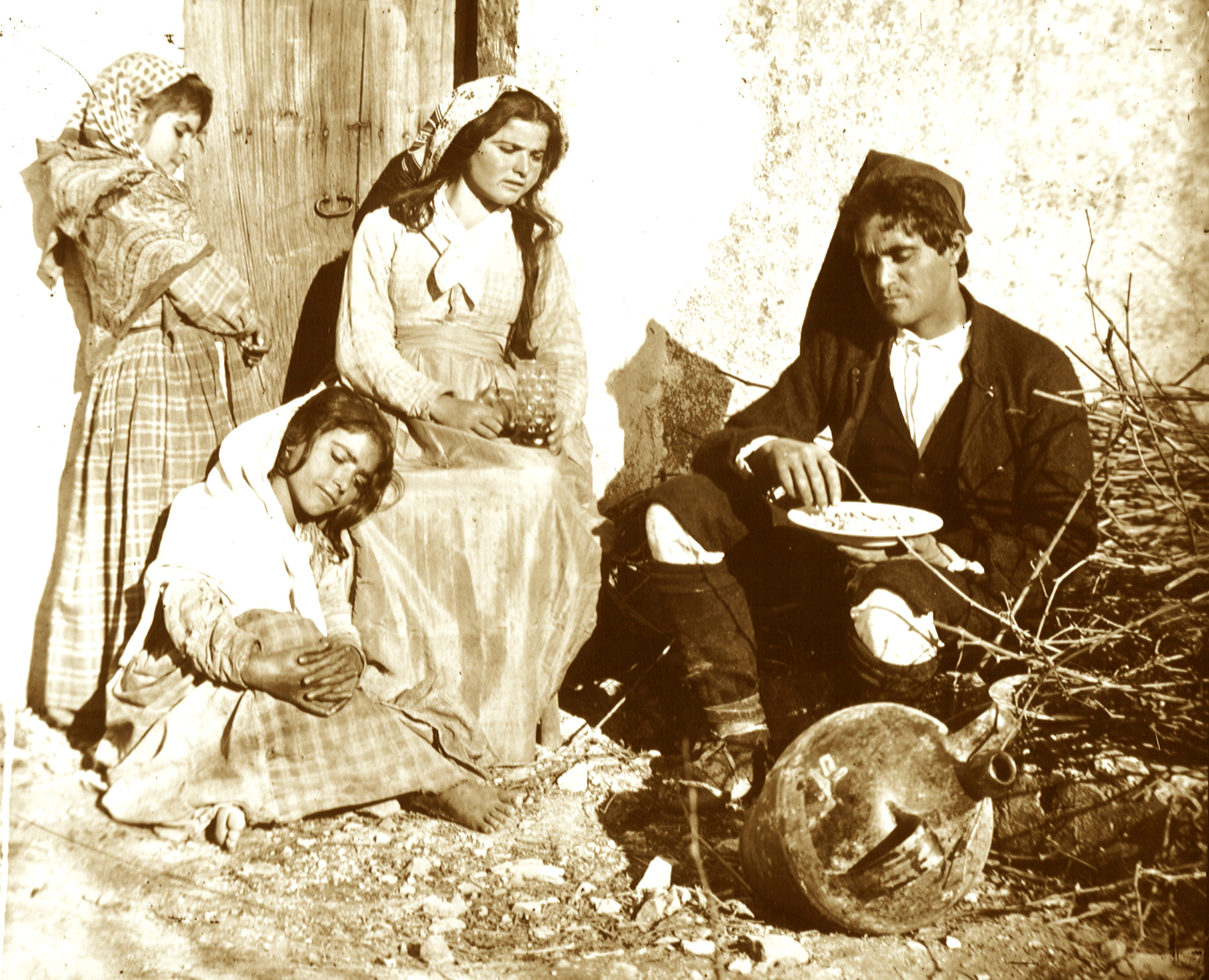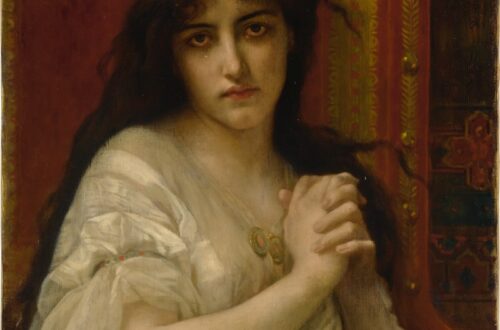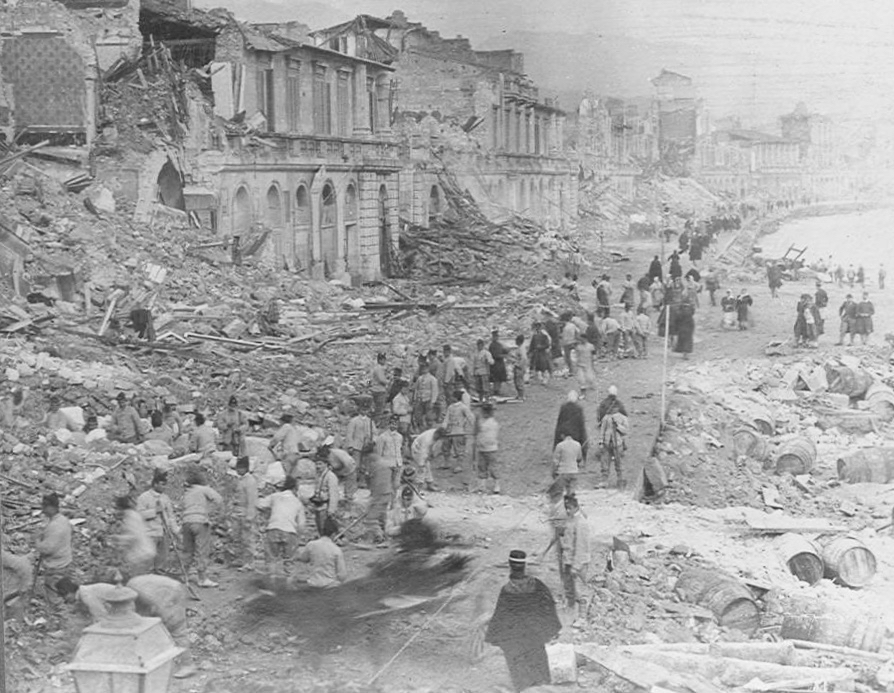-
Il Drago by Luigi Capuana Part 7: Ruminations of a Dragon
In this seventh instalment of Luigi Capuana’s Il Drago, in translation, we continue to follow the story of Don Paolo, Giovanna and Lisa and we learn Don Paolo’s fears. Il Drago Part 7: Ruminations of a Dragon by Luigi Capuana, translation Michael Curtotti He had put them to bed and then proceeded to bed himself, after first checking on the donkey. And (so that the children would not be exhausted) he had re-washed the pots and pans himself. But he could not sleep. In his mind he was before the judge; ruminating on what he would say to him. He spoke aloud, almost as if the judge stood before him;…
-
Which came first: pasta or noodles?
Plot spoiler. Its noodles. Lovers of Italy, doff your cap to China! … Well, at least that’s how I was going to start this article. That was before I started reading Jen Lin-Liu’s delightful book: On the Noodle Road. She’s not so sure the story is that simple. Like Marco Polo, she travels the Silk Road, but in reverse. She is on a 21st century quest to trace the journey of noodle from East to West. No one more determined could be imagined. And, her quest is personal. Travelling through cultures that straddled East and West, I figured, might reconcile what I’d felt were opposing forces in my life; maybe I’d find others…
-
Muslim Lucera and the Holy Roman Emperor
Truth is stranger than fiction, it is said and so it is for the story of Muslim Lucera. It is a story entwined with the life and times of the Holy Roman Emperor Frederick II. We cannot call Muslim Lucera the Muslim “capital” of the Holy Roman Empire, but for a time, it very nearly was. Lucera hosted one of Frederick’s many palaces and castles. One of his primary palaces was only 30 kilometres distant, in the city of Foggia, and Frederick himself has been called the “Sultan of Lucera” (although the label is a wild exaggeration). So let us explore the story. The city of Lucera still stands on…
-
Maria Famà – “I will not check the box for white on any form”
Maria Famà’s poem “I Am Not White” lives in the folded places between two worlds. Through her Italian-American eyes we see her lived experience of America’s hyper-racialised culture. The central dynamic of the poem is a box on a form. A box which, in truth, demands a lie. For her stories do not belong. The convenience which in America goes with the claim is too uncomfortable. The price is too high for Maria Famà. “I will not check the box for white on any form.” Her reflections go further for her words reminds us that the Mediterranean, where Sicily (and Italy) is found, is not only a European sea. Its…
-
Snow Harvesters and the Origins of Gelato
Like the tomato sauce on pasta, there are few things that today say Italian as much as gelato. Particularly gelato from a local gelateria. Dozens of flavours can be found: pistacchio, stracciatella, panna cotta, nocciola, anguria, amarena and fragola among many others. While we can translate some of the names (pistachio, hazelnut, melon, strawberry) it is only in tasting such a locally produced gelato that you really get an idea of what all the fuss is about. Although similar to supermarket bought ice cream, the local production (and usually entirely natural ingredients) just makes for something better. Particularly in the summer months, a stop at the gelateria is a natural…
-
Genes and the Intimacy of Place
The pictures above were made by scientists who study genes. They tell a story. Two completely different kinds of information are combined to tell it: a map of Europe from our physical world and overlaid on it, the genetic relationship of 1378 people from Europe, shown in two dimensions. The scientific paper from which the diagram comes actually looks at these patterns around the world, and similar patterns are found worldwide to a greater or lesser degree. They were not the first to notice such patterns, but they took their study worldwide. They observe: “geography plays a strong role in giving rise to human population structure“. By “structure” they mean clustering…
-
The Fifty-Three Known Forefathers of the Italian People: Latest Discoveries
This is a story about Italian y-DNA. But putting it that way is misleading. For there is not a single coherent story of “Italianness” that stretches back in time. And that story is almost inseparable from the stories of the surrounding populations with which developments in Italy are intimately connected. But it is the case that the science of genetics is gradually unfolding a richer picture of the past than was known before. If we go back far enough (thousands of years) we find (along the patrilineal line) that virtually all Italians are descended from only fifty-three men. Why there are so few, we will see below. Casual labels are…
-
The Resurrection of Don Paolo: Il Drago Part 5
In this fifth instalment of Il Drago, Don Paolo comes back to life. After the unexpected battle between the Old Dragon and the Witch, the children’s old lives with her have been swept away. Don Paolo’s long dead daughters, Lisa and Giovanna, have risen from the grave. And the Old Dragon has much to do. The previous instalments of Il Drago are accessible at the end of this article. The Resurrection of Don Paolo Within two days the house was unrecognizable. In one room, two made up beds could be seen, one next to the other. The Old Dragon had put them together, assisted by the two girls, who had entertained…
-
Earthquakes – La Terra Trema
Italy’s changeable landscape is as much a character in her history as the people who live within her. Repeatedly, earthquakes are written into that history. Yet Italy often appears as a garden of Eden, full endlessly of the good things of the Earth: ancient olive groves, vines, fields of wheat, and much more; a bounty elicited by human industry and knowledge over many generations. Even the most apparently barren and uncultivated rocky slope may abound with edible plants and herbs of all kinds. From the sea, fishers still harvest. Everywhere potable water springs from Italy’s permeable limestone. This gentle and generous Mother Earth is at times savage. For Italy lies…
